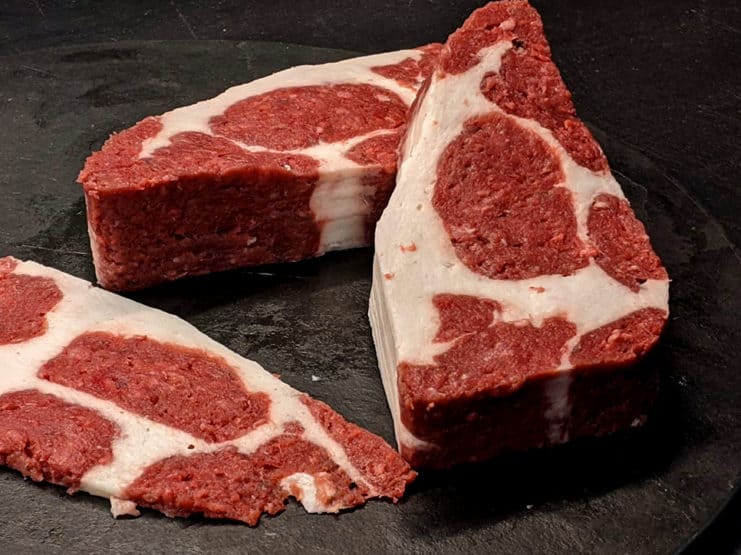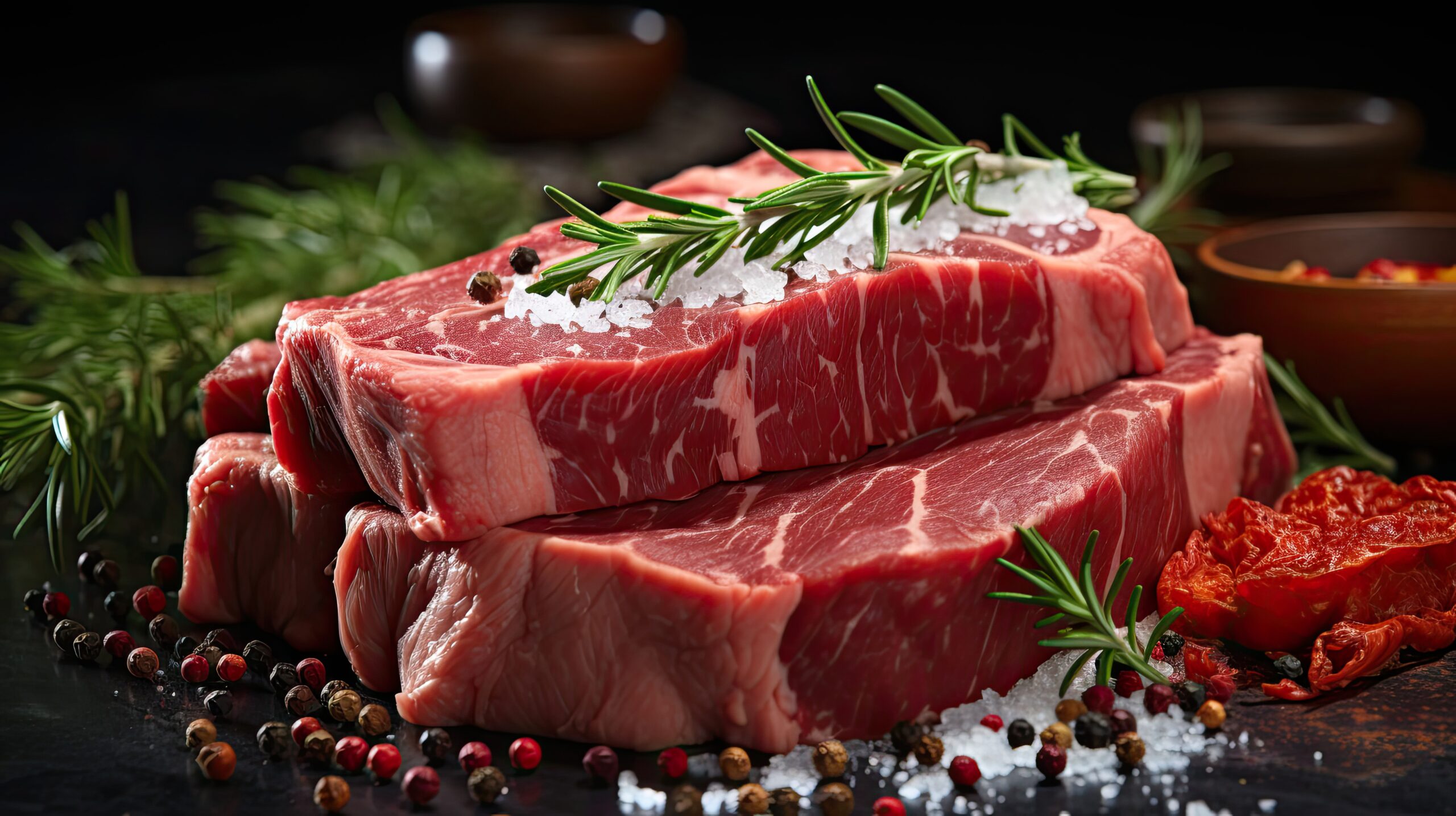Quotes from Food Business News, May 29, 2024
By Jeff Gelski
In the realm of food technology and consumer preferences, there is a growing trend towards ingredients that are not only perceived as ‘clean label’ but also boast an environmentally friendly profile. This shift in consumer consciousness presents a significant opportunity for revitalizing the market for plant-based meat alternatives.
Consumers are increasingly scrutinizing the labels on their food, seeking out products that align with their values of health and environmental stewardship. This has led to a demand for ingredients that are naturally sourced, avoiding synthetic additives that can be perceived as harmful or unnecessary.
The use of naturally derived colors and preservatives is a response to this demand, offering a way to maintain the visual appeal and shelf life of products without compromising on the ‘clean’ aspect of the label. These ingredients come from a variety of sources, such as plants, minerals, and even insects, and are processed in a way that maintains their natural integrity.
Another area of innovation is the development of alternatives to methylcellulose, a common binder used in meat alternatives. Methylcellulose is derived from cellulose, which is a natural polymer found in the cell walls of plants. However, the process of extracting and modifying it is often at odds with the clean label ethos. As a result, researchers and product developers are exploring other substances that can provide similar textural properties without the need for synthetic modification.

These advancements in ingredient technology are not just a boon for health-conscious consumers but also for those concerned with the environmental impact of their food choices. Plant-based meats already offer a more sustainable alternative to traditional animal agriculture, and the integration of clean label ingredients further enhances this benefit. By reducing reliance on synthetic chemicals and processes, the carbon footprint of these products can be reduced, contributing to a more sustainable food system.
In conclusion, the intersection of clean label trends and environmental sustainability is driving innovation in the plant-based meat alternative sector. With the availability of naturally sourced colors, preservatives, and methylcellulose alternatives, brands have the opportunity to meet consumer demands and differentiate themselves in a competitive market. This not only helps in re-igniting sales but also supports the broader movement towards a more sustainable and health-conscious food industry.
The sector has experienced some challenges of late. According to research data, the market for plant-based products in the United States initially saw a significant increase, starting at $3.9 billion in 2017 and then experiencing a period of growth. However, this upward trend saw a plateau in 2022. The following year, in 2023, the market value, although reaching $8.1 billion, saw a slight decrease of 2% compared to the previous year. The decrease was more pronounced in the segment of plant-based meat and seafood substitutes, which saw a 12% reduction in sales.

In 2023, a market analysis conducted on meat alternatives products revealed a decrease in both the quantity sold, by 17%, and the revenue generated, by 11%. This analysis was based on the responses of 2,000 consumers and 100 grocery retail leaders in the United States. A significant portion of the consumers, 65%, who purchase these meat alternatives, do so with the conviction that these products are a more eco-friendly option. Additionally, 61% consider the ethical treatment of animals as an influential aspect of their buying habits.
The motivation behind opting for plant-based meat alternatives varies from person to person, as highlighted by Megan Passman, who oversees global insights at Corbion, based in Lenexa, Kansas.
A primary motivator for consumers to explore or even sample plant-based meat alternatives initially is their acute consciousness of the environmental toll exerted by conventional meat production. According to her, affordability, flavor, consistency, and nutritional value rank highly in consumer considerations when opting for plant-based meat alternatives over other forms of protein.









